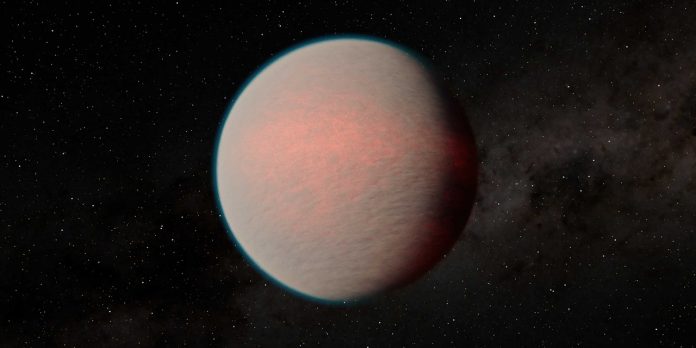
A recent study reveals that planets might contain much more water than we previously believed, but most of it is hidden deep inside their interiors rather than on their surfaces.
This discovery could change how we think about the habitability of distant planets.
Traditionally, scientists have used a simple model to study exoplanets (planets outside our solar system), assuming they have an iron core, a mantle of rock, and water mainly on the surface, much like Earth.
But according to Professor Caroline Dorn from ETH Zurich, this model is outdated. She explains that planets are far more complex, and most of the water might be buried deep inside them.
The research team, including experts from Princeton University, used model calculations based on physics to investigate how water is distributed inside planets.
They found that, especially in larger planets, water tends to sink into the iron core, leaving less water on the surface.
When planets are young, they are often covered in oceans of molten rock, called magma. Water dissolves well in this magma, while gases like carbon dioxide escape into the atmosphere.
As the planet cools, the iron droplets in the magma, along with the dissolved water, sink down to form the planet’s core. Under extreme pressure at the core, water no longer exists as H2O but splits into hydrogen and oxygen.
This new understanding came from studying Earth’s water content. It turns out that the water on Earth’s surface represents only a small fraction of the planet’s total water. Most of it could be hidden deep inside.
If this is true for Earth, it might also apply to other planets.
These findings suggest that current methods for estimating the amount of water on exoplanets could be wrong, potentially underestimating water by up to ten times. This has big implications for our search for life on other planets. If water is found in a planet’s atmosphere, there could be much more water inside the planet.
The James Webb Space Telescope, which has been observing exoplanets for two years, is already helping scientists explore these ideas.
One of the planets of interest, TOI-270d, shows signs of interaction between its molten interior and its atmosphere. Another planet, K2-18b, has been in the spotlight for its potential to support life.
Interestingly, the study challenges previous beliefs that planets with too much water might be uninhabitable. Instead, it suggests that even planets with a high water content could have Earth-like conditions suitable for life.
This groundbreaking research, published in Nature Astronomy, sheds new light on the hidden depths of planets and their potential to support life.



